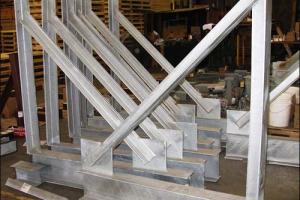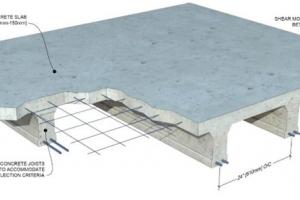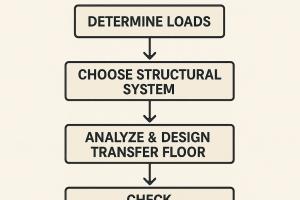Phases in a Structural Engineering Project

The structural designer usually acts in service to the functional designer, who normally provides the leadership in carrying out an engineering project. In the civil engineering field, he assists the transportation engineer, hydraulic engineer, or sanitary engineer by providing the structures needed to implement their projects. In building construction, he is one of the architect’s principal collaborators. In a similar way, the structural engineer assists mechanical, chemical, or electrical engineers in designing the heavy machinery or facilities required for their projects. He may shift his entire expertise and activity into naval architecture or aeronautical engineering and become a specialist in the design of ship or airplane structures. Hence, a structural engineer must have a diverse experience to utilize his full potential. Phases of a structural engineering project are described below in detail.
A structural engineering project can be divided into three phases:
- Planning,
- Design and
- Construction
1. Planning Phase in a Structural Engineering Project
The planning phase involves a consideration of the various requirements and factors that affect the general layout and dimensions of the structure. This leads to the choice of one or perhaps several alternative types of structures that offer the best general solution. The primary consideration is the function of the structure, whether it is to enclose or house, to convey, or to support in space. Many secondary considerations are also involved, including as aesthetic, sociological, legal, financial, economic, environmental, or resource conservation factors. In addition, there are structural and constructional requirements and limitations that also may affect the structural type selected.
2. Design Phase
The design phase involves detailed considerations of the alternative solutions, evolved in the planning phase. It leads to the determination of the most suitable proportions, dimensions, and details of all the alternatives being considered for the construction of structural elements and connections. Usually, before the final design stage is reached, the best solution has been identified and final construction plans are prepared for this selection. Occasionally, the choice is dependent on economic and constructional features that can not be accurately evaluated except by competitive bidding, so final bid plans have to be prepared for the competitive alternatives.

3. Construction Phase
The construction phase involves procurement of materials, equipment, personnel, shop fabrication of the members and sub-assemblies. It also includes their transportation to the site, the actual field construction and erection activities on site. During this phase, of course, some redesign may be required. Reasons for this redesign can be unforeseen foundation difficulties or if specified materials cannot be procured, or for any other reason.












